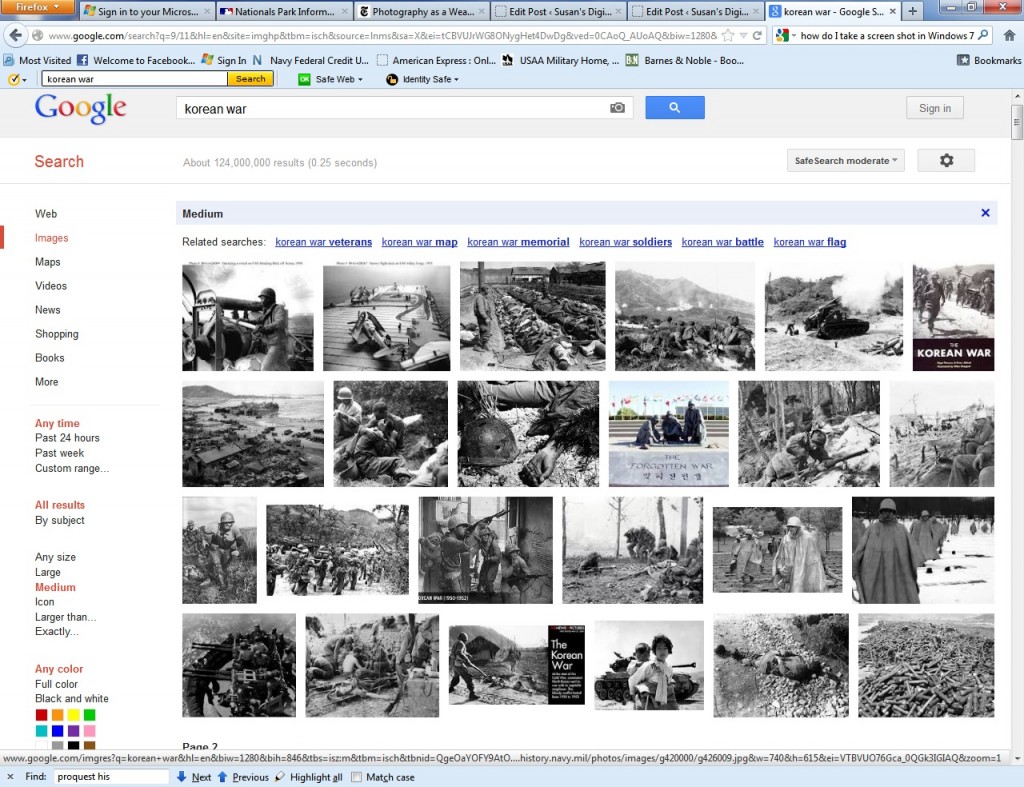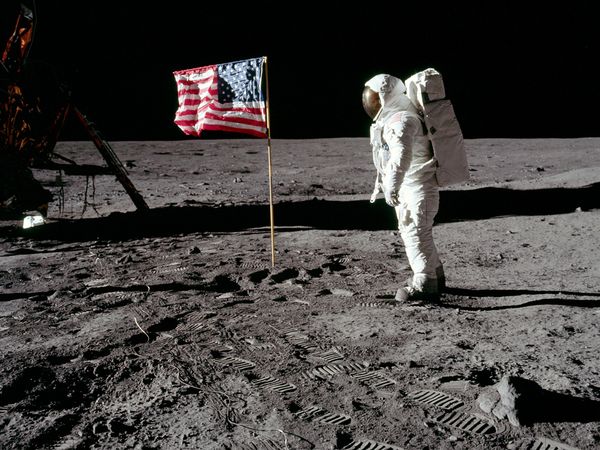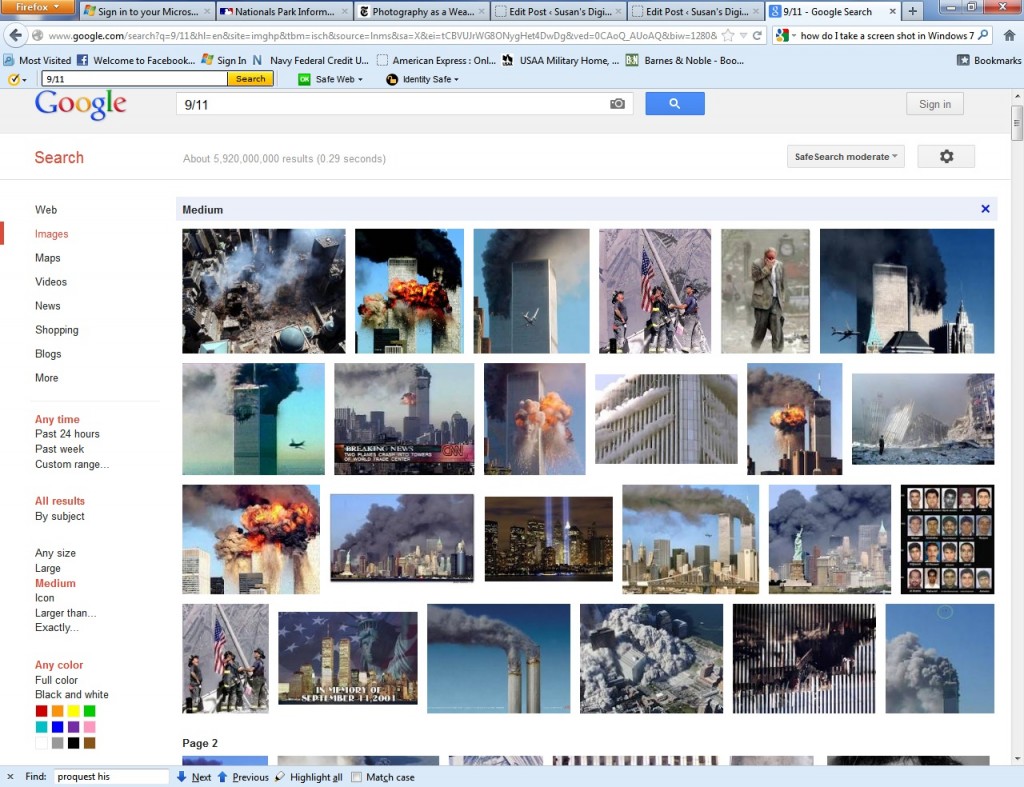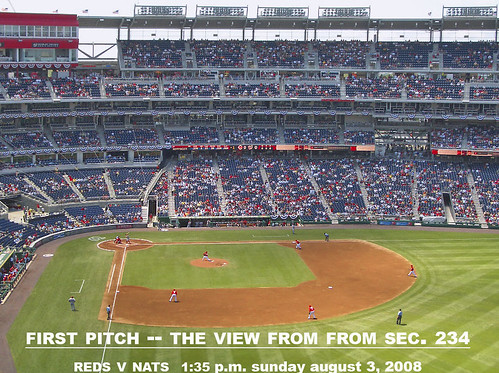Password security wake up call
I have to admit that I’m one of those people who really hated changing my password every 30 days. My job had such irritating rules about password security too. Stupid stuff like you can’t reuse your last 10 passwords, you can’t use passwords that are too similar to your last 10 passwords (so no changing the number at the end of your password to the month you are in -a personal favorite of mine). No using passwords that repeat the same letter (like password). And the list went on. It was impossible to come up with that many unique passwords that you could actually remember.
I feel a little petty about that after these readings, especially considering the circumstances. I worked on a military base for a private, non-profit agency that provided financial counseling and assistance to military service members. We stored social security numbers, unit addresses, home addresses, pay grades, and budgets, as well as confidential case histories on every client. All of our offices, which were all over the world –just about anywhere that we have military personnel– were linked to our headquarter in Washington DC. One slip up in security at any of those offices would give access not just to local clients but to every client (current and past) who had ever come into any of our offices.
I guess I am just old enough to appreciate the convenience of the internet but not to really understand it. I still think of it as kind of a magic, mysterious devise that lets me write letters to people far away and get a response from them in moments, and lets me check on the balance of my bank account without spending forever on the phone. Little things that make life easier. It’s easy to forget the World Wide part of the web (www at the head of every web address notwithstanding). And to forget that just because it doesn’t occur to me to do malicious acts on the internet (not that I would know how even if I wanted to do them), doesn’t mean that everybody else feels the same way.
These readings really opened my eyes to the dangers out there. I have to admit, I went online and changed some of my passwords and removed some stored credit card information. I mean, I lock my house and car and shred anything with my personal info on it, why am I not equally diligent about my online accounts? I just shouldn’t be so cavalier about electronic security.









